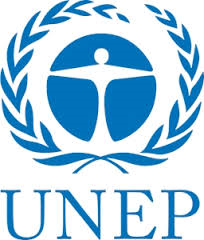Chemycal has been acquired by 3E
Learn MoreChemycal has been acquired by 3E
Learn MoreDiscover how Chemycal PRO helps you boosting your regulatory monitoring:

As Miremba enters her classroom in the morning, little does she know that the walls of the one place that should help her secure a better future are, in fact, poisoning it. As she playfully chips the hallway paint before going into class, she exposes herself, and her fellow schoolmates, to the irreversible toxic effects of lead.
Years after lead in paint and petrol was banned in many parts of world, this toxic, heavy metal continues to pose a threat to people’s health as well as the environment – particularly in developing countries, where the major source of lead exposure to children is from paint.
Lead poisoning has wide-ranging consequences. Childhood lead poisoning, including during pregnancy, can have lifelong health consequences including learning disabilities, anemia, disorders in visual and spatial coordination, and impaired language skills. It also poses a severe threat to adults in painting or building demolition professions.
Lead is a cumulative toxicant that affects multiple body systems. “There is no known safe level of lead exposure. Lead is a serious contributor to environmental pollution that accounts for a quarter of the global burden of disease. Health impacts of lead cause significant economic costs to countries,” says Jacob Duer, Chief of the Chemicals and Health Branch of the Economy Division at UN Environment.
Lead can be found in decorative paint for interiors and exteriors of homes, schools, public and commercial buildings, as well as on toys, furniture and playgrounds. After the application of lead paint, weathering, peeling or chipping of the paint releases lead particles into dust and soil in and around these locations.
CONTINUE READING ON www.unenvironment.org
2013 © MyChemicalMonitoring. ALL Rights Reserved. About Us | Terms and Conditions